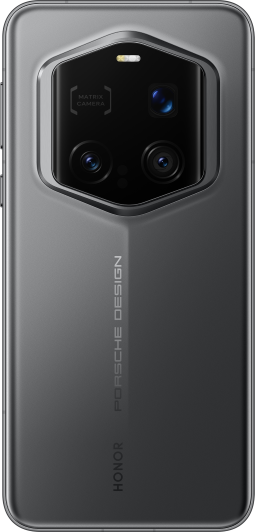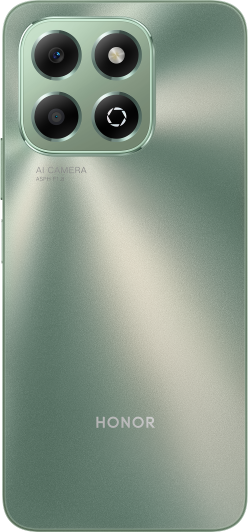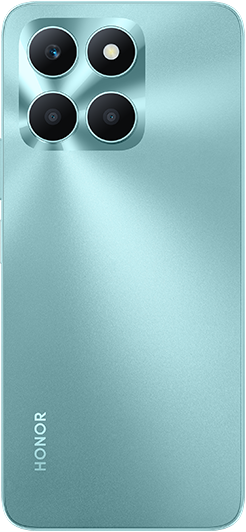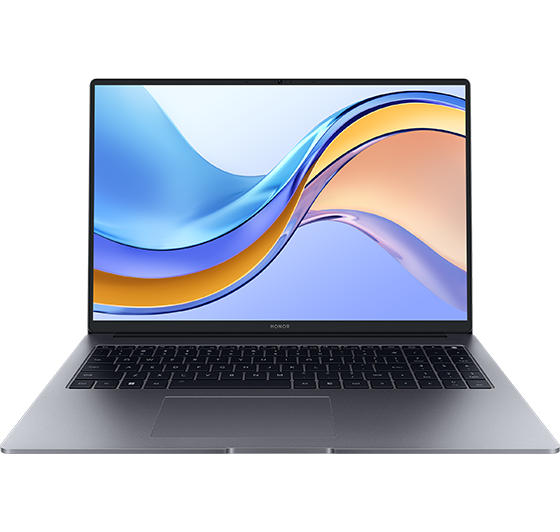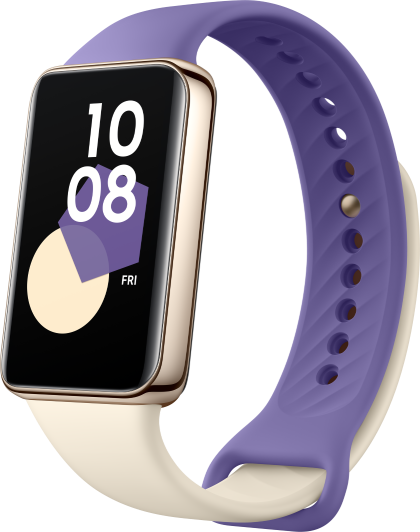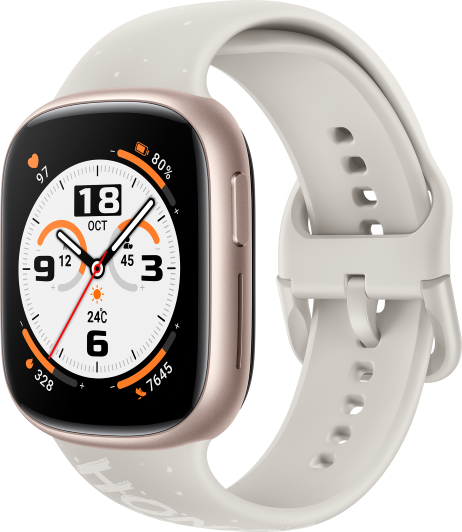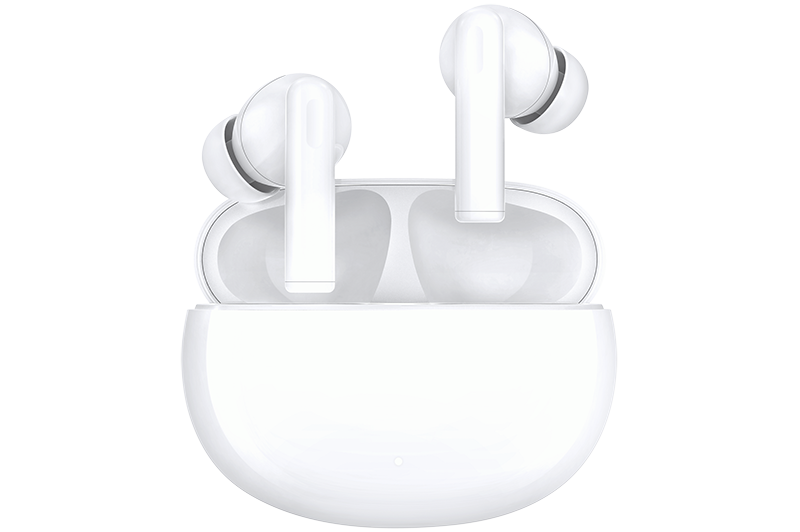TOP

我的荣耀 开启荣耀之旅
To log in to your account, you must first agree to the HONOR PLATFORM TERMS OF USE. If you do not agree, you may only browse the site as a guest.
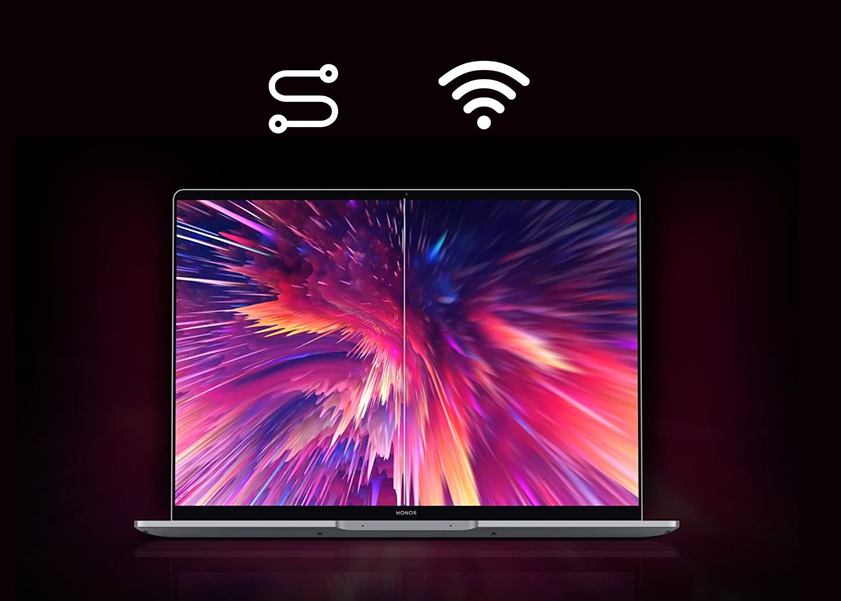
How to Connect Laptop to WiFi: Ultimate Connection Guide
Staying connected in today's fast-paced digital world is more than a convenience - it's a necessity. The frustration of encountering digital roadblocks, such as the all-too-common issue of Wi-Fi unavailability, resonates with almost everyone. This article delves into the increasingly pertinent question: "How do I connect my laptop to WiFi?"
Our focus in this piece is not just to guide you through the straightforward process of connecting your laptop to a Wi-Fi network, but also to address some common issues about being unable to connect your laptop to WiFi. Read on to learn more!
How Can I Connect My Laptop to WiFi?
Having access to the internet via the wireless network is important for you either at home, in a workplace or even in public places. It is easy to connect your laptop to WiFi and it should not take you much time. Here’s how to connect laptop to WiFi router:
Connecting to Wi-Fi Using Taskbar
1. On your taskbar, click the Network icon.
2. Select the WiFi network you wish to join from the list of available networks.
3. Enter the password if prompted.
4. To make your laptop remember this network, choose Connect Automatically.
5. To connect to the selected WiFi network, click Connect.
Follow these steps to access the internet through your WiFi network. The process is very simple for any laptop, especially when you are using HONOR MagicBook 15 thanks to its user-friendly interface and robust wireless capabilities.
Connecting to Wi-Fi Using Settings
1. To open the Settings app, press Windows + I together on your keyboard.
2. Navigate to Network & Internet and select Wi-Fi.
3. Set the toggle to On to enable Wi-Fi.
4. To view available networks, click the Show Available Networks button.
5. You can connect to a network by selecting it and clicking Connect.
6. Enter the network password when prompted and select Next.
7. Choose whether to set your laptop as discoverable by other devices on the network.
This method allows you to manage your WiFi connections and preferences directly from the settings menu, providing a more detailed approach to network management.
Connecting to Wi-Fi Using Command Prompt
1. Launch the Command Prompt by using Win + R keys, entering cmd, and clicking OK.
2. To view available networks, type 'netsh wlan show'
3. Type ‘netsh wlan connect’ to join a network.
4. Provide your new name and it becomes the name of the Wi-Fi network you want to join.
5. Type in the network password when it is being requested.
6. In case the password is right, you will be connected to the Wi-Fi network.
Following these extensive steps would make it possible for you to access the web through WiFi.
What to Do If Your Laptop Can’t Connect to WiFi?
Having trouble connecting your laptop to WiFi can halt your productivity and leisure activities. Here’s a comprehensive guide to help you resolve the problem and get back online.
● Check Your Power Supply
Adequate power is essential for your laptop’s operations, including WiFi connectivity. If your laptop’s battery is running low, it may not have enough power to maintain a stable WiFi connection. Ensure that your laptop is either fully charged or plugged into a power source. This will rule out any power-related issues that could be affecting your laptop’s ability to connect to WiFi.
● Enable WiFi
Sometimes the simplest solution is the correct one. Your laptop’s WiFi might be turned off. To enable Wi-Fi on a laptop, first ensure the physical Wi-Fi switch (if present) is turned on. Then, click on the network icon in the system tray, open the network settings, and select the Wi-Fi option. Toggle the Wi-Fi switch to "On" in the settings menu to enable wireless connectivity, allowing you to view and connect to available networks.
● Restart Your Laptop
A reboot can work wonders for electronic devices. By restarting your laptop, you reset the system’s state and can often resolve temporary glitches that may be preventing a WiFi connection. Before restarting, save any open files to avoid losing unsaved work. Once your laptop boots up again, try reconnecting to the WiFi network.
● Check the WiFi Network
It's important to confirm that the problem isn't with the WiFi network itself. If the network is accessible to other devices, then the problem is with your laptop. However, if no devices can connect, you may have to restart your router or contact your internet service provider.
● Forget and Reconnect
If you’ve previously connected to the WiFi network, your laptop may be trying to connect using outdated or incorrect settings. Navigate to your WiFi settings, select the problematic network, and choose the option to forget it. Afterwards, reconnect to the network as if it were the first time, entering the correct password when prompted.
● Update Drivers
WiFi drivers are the software that allows your operating system to communicate with your wireless hardware. Outdated or corrupted drivers can lead to connectivity issues. Visit your laptop manufacturer’s website, find the support section, and download the latest WiFi drivers for your specific laptop model. Installing updated drivers can resolve many connectivity problems.
● Check for Interference
There are different types of interference that result in the blockage of wireless signals. Many other devices such as microwaves, cordless phones, and even Bluetooth devices operating through similar frequencies may disrupt a WiFi signal. Try relocating your laptop closer to the WiFi router and farther from the potential interfering objects.
● Run the Troubleshooter
The majority of systems such as Windows have in-built mechanisms for diagnosing and fixing the associated problems regarding networks. Open the troubleshooter which should be in your system setting and run it. Simply follow the on-screen directions, and the tool will indicate any detected issues and perform fixes.
Conclusion
In summary, connecting your laptop to WiFi involves a straightforward process that can enhance your online experience significantly. By following the step-by-step guide outlined, you should now be able to establish a stable and secure connection to your wireless network. Remember, if you encounter any issues, reviewing the steps and ensuring your network's compatibility and security settings are crucial. After following these steps, if you find that your laptop still can’t connect to WiFi, it may be time to seek professional assistance.
FAQ
Why does my computer say connected but no internet?
When your computer displays "connected but no internet," it often indicates a problem between your local network connection and the broader internet. This could be due to issues with your router, modem, or ISP service disruptions. Resetting your router or contacting your ISP can help diagnose and resolve the issue.
How far can a laptop connect to Wi-Fi?
The Wi-Fi range for a laptop typically varies between 50 to 100 meters (160 to 330 feet) under ideal conditions. Factors like the Wi-Fi router's strength, frequency band (2.4 GHz or 5 GHz), physical obstructions, and interference from other devices can significantly affect this range, often reducing the effective distance.
Source: HONOR Club

Subscribe To Our Newsletter - Discover HONOR
Please accept HONOR Platform Privacy Statement.
By entering your WhatsApp number, you agree to receive commercial information on WhatsApp about HONOR products, events, promotions and services. For more details, please see our privacy policy.
Please accept HONOR Platform Privacy Statement.
I agree to receive the latest offers and information on HONOR products, events and services through third-party platforms (Facebook, Google). I may withdraw my consent at any time as indicated in the Privacy Statement.
Contact
Mon-Sat: 09:00 – 18:00. (Except on national holidays).
Third Floor, 136 George St., London, W1H 5LD, United Kingdom.
Copyright © HONOR 2017-2025. All rights reserved.
We use cookies and similar technologies to make our website work efficiently, as well as to analyze our website traffic and for advertising purposes.
By clicking on "Accept all cookies" you allow the storage of cookies on your device. For more information, take a look at our Cookie Policy.
Functional cookies are used to improve functionality and personalization, such as when playing videos or during live chats.
Analytical cookies provide information on how this site is used. This improves the user experience. The data collected is aggregated and made anonymous.
Advertising cookies provide information about user interactions with HONOR content. This helps us better understand the effectiveness of the content of our emails and our website.






